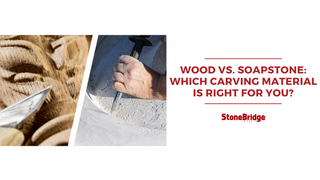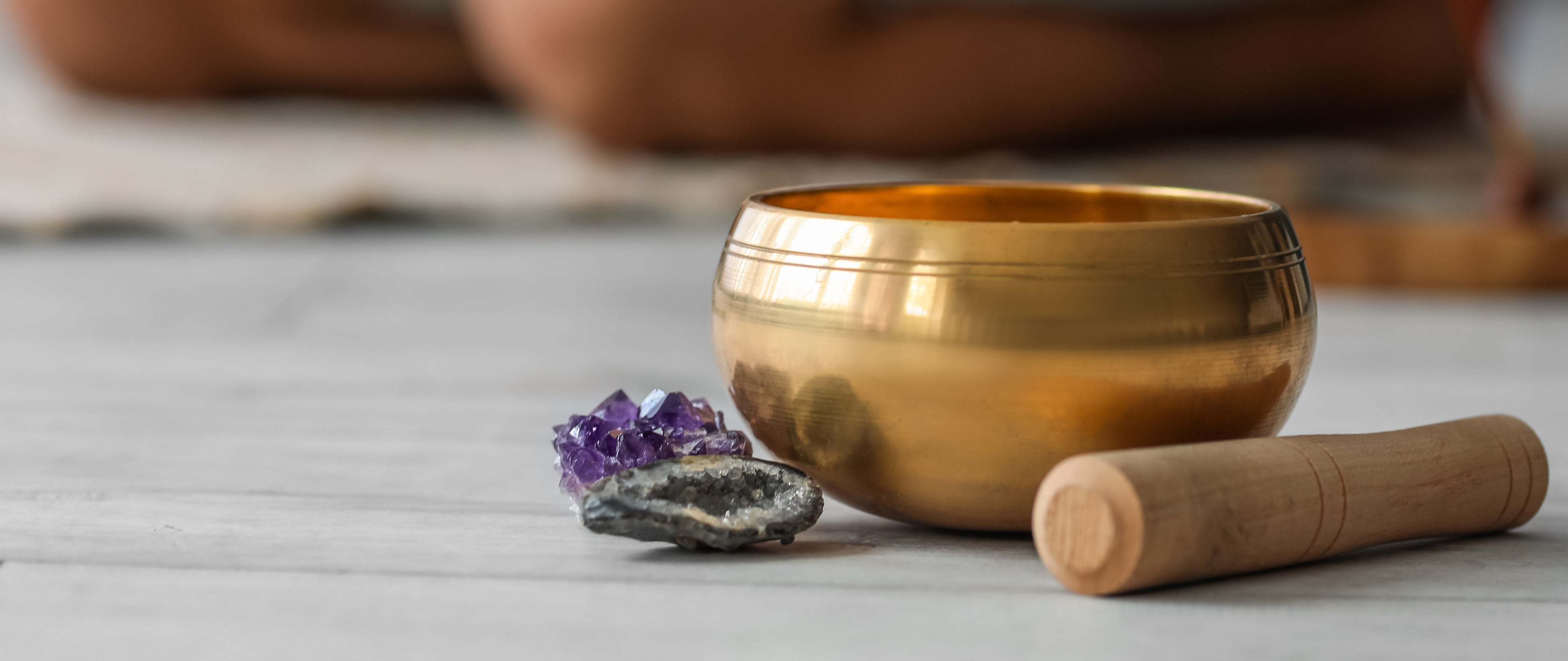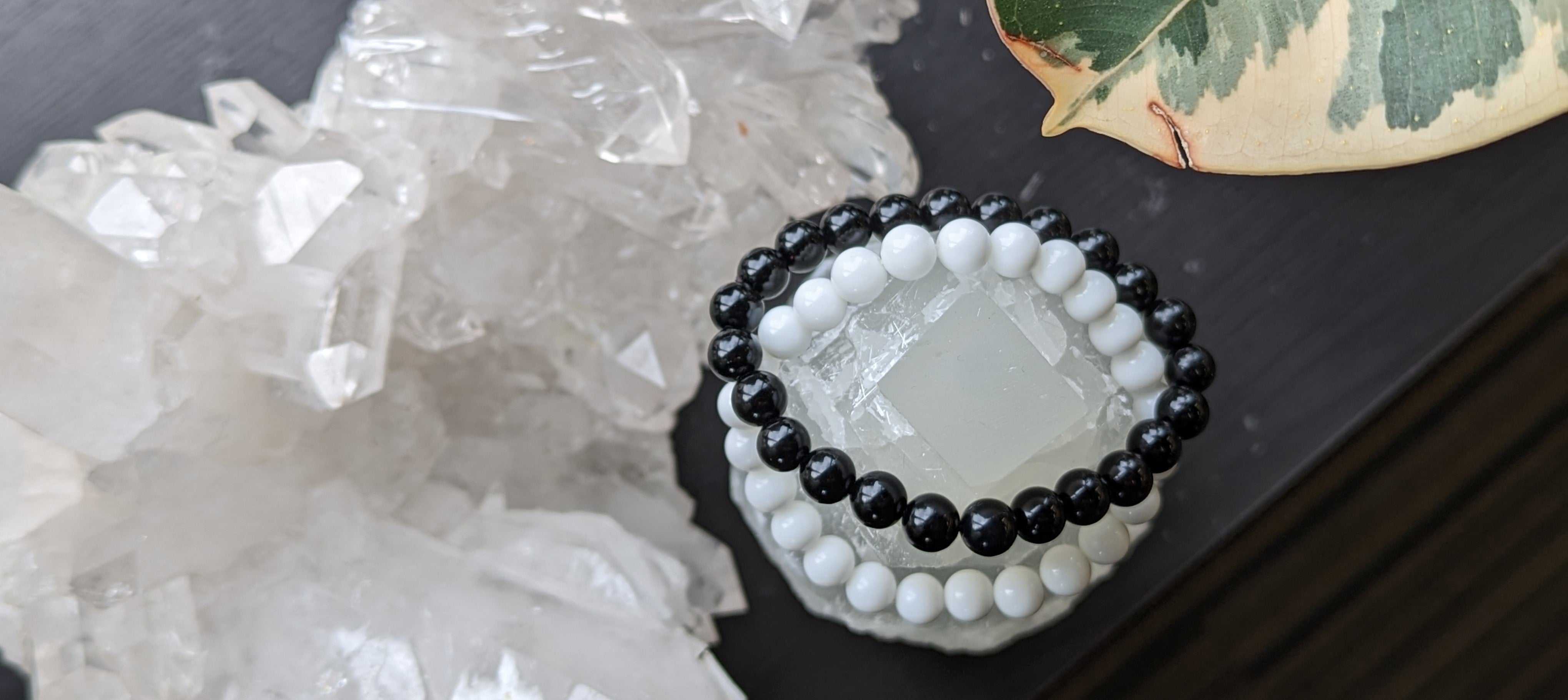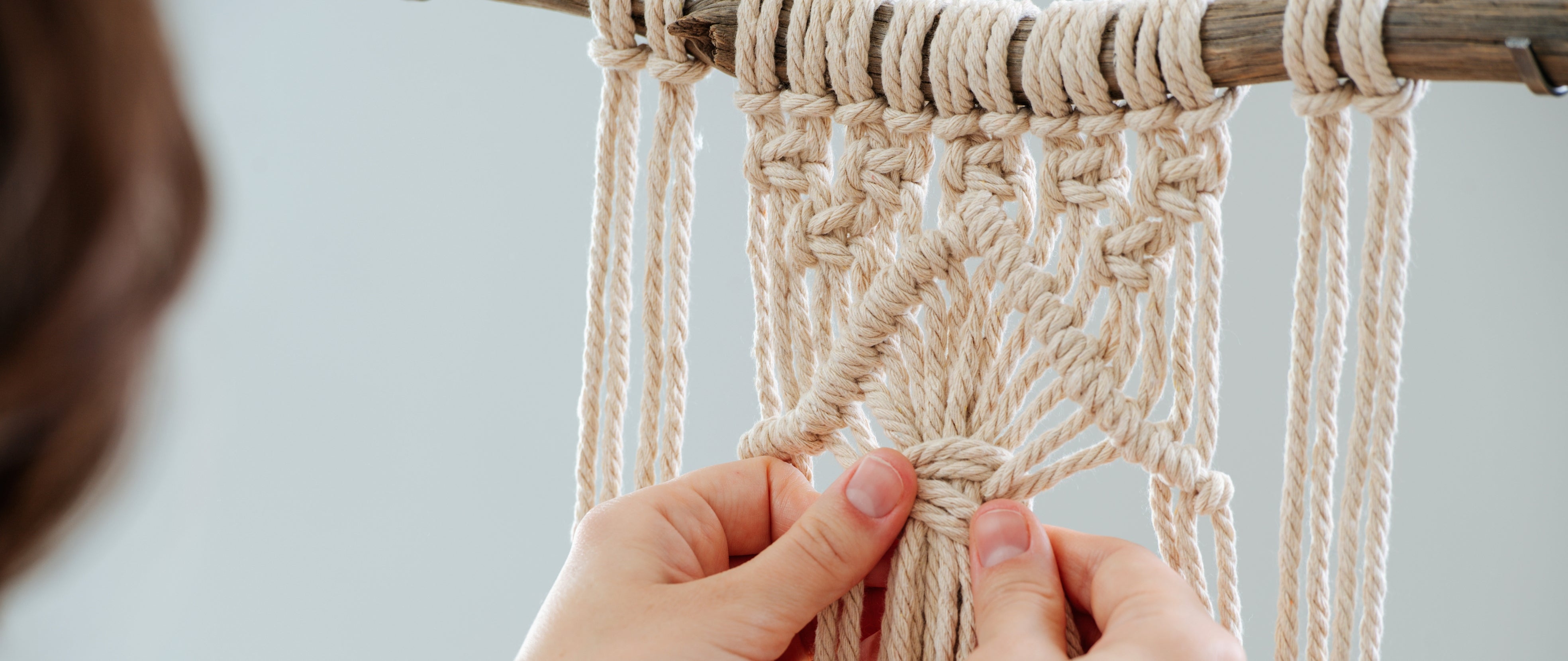Wood or soapstone – which one is a better carving medium? The differences between the two are not worlds apart. But each material offers unique properties and benefits that will make all the difference in realizing your creative vision.
Unlike selecting the best healing crystal, choosing the right material to use isn't a decision you make with the guidance of your intuition! It's important to study each material carefully and to understand their properties.
So to help you make an informed decision, here's a quick guide which compares and contrasts wood and soapstone in terms of qualities such as hardness, durability, carving process, polishing, cost, and safety.
Let's dive in!
Hardness

Wood has pros and cons as a carving medium. Both hardwoods and softwoods have fibre strength (the maximum tension a wood can sustain before breaking) which means they can be carved thinly and precisely than stone. When working on large compositions, you can carve the parts separately then join them together once done.
Hardwoods like oak, mahogany, maple, and walnut are more difficult to cut and carve although they have greater endurance and luster. Softwoods such as pine, cedar, fir, and redwood are less durable but are easier to shape.
Hardwoods and softwoods are anisotropic, meaning their properties vary when measured in different directions. They are strongest in the direction of the grain. But all species of wood are not weatherproof and immune to insects.
On the other hand, soapstone is very soft, nonabsorbent, and nonporous. It is also resistant to heat, acids, and alkalis. Soapstone varieties with 80% talc content are way softer and have a soapy texture.
They also bruise easily and produce a perfect cleavage, making them ideal for low-impact carving. Soapstone's softness is one of the reasons why it's a popular choice for beginners and advanced carvers.
Durability

Different materials vary in terms of durability. Their durability levels are influenced by their resistance to climate and weather elements.
Generally, wood is less durable since it decays with constant exposure to water, mold, mildew, and sand. It's also not resistant to fire and insect attack.
Soapstone can withstand these natural elements. While soapstone is undoubtedly durable, it will easily form scratches or dents. After all, it is a soft stone with a Mohs hardness value of 1. But the good news is that unsightly abrasions are not something that sanding and a coat of oil/wax cannot solve.
Many sculptors consider scratches and discolourations as characteristics that enhance the appeal and uniqueness of a soapstone artwork. But if you dislike it, you can simply polish the surface to enhance its sheen and smoothness.
Tools and Carving Process

The physical properties of wood require different tools at every stage of carving. In the first step of blocking out a wood carving, you may need to use axes and saws. But the main tools are a set of gouges. The sharp and curved edge of a gouge makes it easy to cut through the wood's fibre without splitting the wood.
Other wood carving tools include:
- Carving knife - For cutting and trimming the wood
- Gouge (with a curved cutting edge) - For shaping hollows and curves
- Veiner (with a U-shaped edge)
- Chisel
- Mallets and hammers
- Sandpaper
- Riffler
Soapstone is soft enough to be shaped using an ordinary pocket knife. Larger rocks and blocks require light-impact tools like:
- File - For adding finer details and to remove gouges
- Chisel - For carving harder soapstone varieties
- Saw and rasps - For crafting a bigger sculpture or decorative item
- Oil or wax
- Sandpaper
The process of carving is essentially the same for wood and soapstone. You start with a solid block of material and reduce it to your desired form. After defining the form, you carve the larger forms and planes until you reach the surface details. Then you polish the carving to enhance its appearance.
Polishing

Both wood and soapstone undergo a similar polishing process.
Once the detailed work is finished, the surface of a wood carving is smoothed out with rasps, rifflers, and different grains of sandpaper. And to reveal the natural beauty of the wood and preserve its condition, the carving is stained with walnut, linseed oil, or beeswax. Then a coat of varnish, wax, or resin is applied to give it a lustrous finish.
A soapstone carving is oiled or waxed to achieve the same effect and to remove minor abrasion marks. If larger scratches are present, the finished work is sanded using wet sandpaper to remove the marks. Surface treatments are also done to transform the stone's dull gray colour to a deep black shade.
But what's great about soapstone is that you have the freedom to change its colour anytime you please, without too much effort on your part. If you prefer your stone dry and gray, there's no need to polish it.
Or if you've already done so and decided later on that you like the unpolished version better, you can simply scrub off the polish or wait for it to disappear on its own.
Cost

The overall cost really depends on your goal. If you're new to wood carving and you want to make it a hobby, materials and primary tools would likely amount to $1,500. The most common types of wood used for carving are oak, walnut, and basswood. A block of wood can cost at least $25.
Working with soapstone is a lot cheaper since many rock suppliers sell it in kits. A single kit costs around $25 (or a price of one block of wood) and it already includes a block of natural soapstone, a steel rasp for carving, and 4 sanding papers in varying grits. If you have little to no experience with carving, this is a great choice for you.
Note that these are only approximates and prices may vary depending on your location. If you plan to do carving for the long haul, it would be best to start with fundamental tools and acquire the advanced or more expensive instruments later as you gain experience.
Safety

Both wood and soapstone are safe to handle. Whatever you decide to work with, always wear goggles to protect your eyes from splinters and a dust mask to avoid inhaling fine particles. It may be best to wear gloves as well.
Other Factors to Consider
Still can't decide which material to use? Perhaps considering the location where your finished sculpture will be displayed can help narrow your choices.
If you're looking to place your sculpture outdoors (i.e., in your garden or backyard), wood may not be an ideal option. As mentioned, wood tends to decay when exposed to heat and moisture.
Soapstone is perfect for outdoor decoration because it is resistant to water and corrosion. It will only produce a light blue gray or dark gray patina as it ages, which will boost its beauty.
Bottomline
What constitutes the best material is totally up to you. After all, only you know what you need best and what works for you.
If you think soapstone ticks off all your standards for a great carving medium, the next step is to shop for samples and test it yourself.
Do a scratching, etching, and staining test to get to know the material better. The more you get acquainted with the stone, the better you'll know if it matches your needs and the easier it will be to make a decision.
If you're looking for a soapstone supplier, we got you covered. StoneBridge Imports offers soapstone chunks and carving kits for carving enthusiasts. Explore your options here.
Sources:
Wood Carving and Sculpture. (n.d.). Encyclopedia of Sculpture. Accessed at http://www.visual-arts-cork.com/sculpture/wood-carving.htm
Rogers, L. (n.d.). Sculpture. Britannica. Accessed at https://www.britannica.com/art/sculpture/Materials
Jefferson, S. (n.d.). Types of Wood for Carving “ Hardwood vs. Softwood. WOODCARVING4U. Accessed at https://woodcarving4u.com/types-of-wood-for-carving/
Joseph E. (2020, April 28). Factors To Consider When Choosing The Best Sculpting Materials. Green Manufacturer-Digital. Accessed at https://greenmanufacturer-digital.com/choosing-best-sculpting-materials/
Johanson, S. (2020, January 4). Soapstone. Neo-opsis Science Fiction Magazine. Accessed at http://www.neo-opsis.ca/SOAPSTONE.htm
Larese P. (n.d.). Is Woodworking Expensive? Let's Compare. Woodworking Squad. Accessed at https://www.woodworkingsquad.com/is-woodworking-expensive-lets-compare/
The Editors of Encyclopaedia Britannica. (n.d.). Anisotropy. Britannica. Accessed at https://www.britannica.com/science/anisotropy
Soapstone. (n.d.). Centers for Disease Prevention and Control. Accessed at https://www.cdc.gov/niosh/idlh/soapston.html





